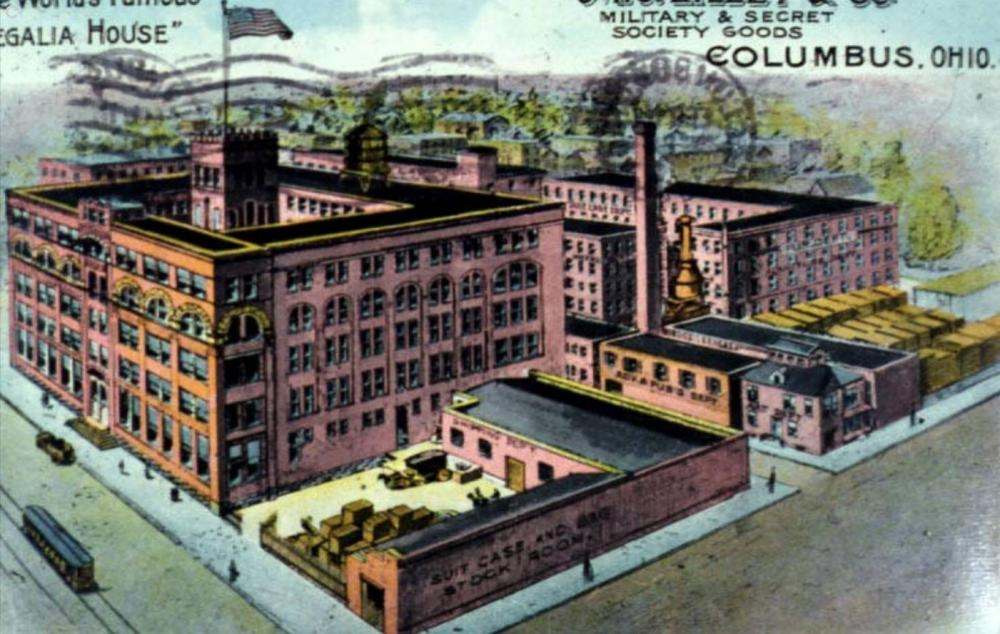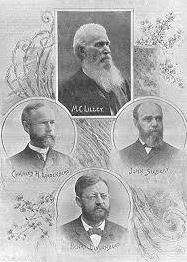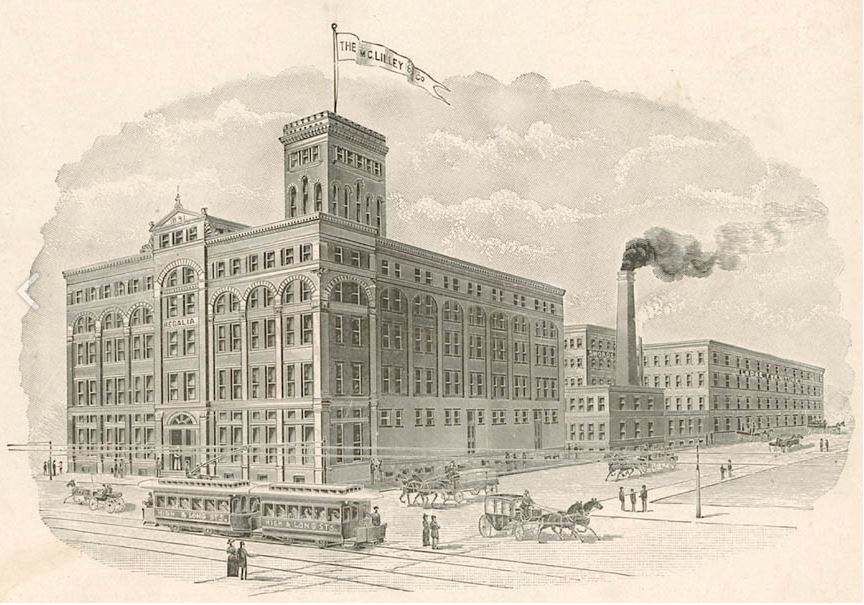Some really great and new to us items will be available soon at Debora Nash Designs as soon as the special steel dies are delivered.
We were very lucky to have come across some very unique steel dies that were created back in the late 1800's to early and mid 1900's that made for some very special Knights Templar designs from those eras of long ago.
The sword scabbard is a design that tells the story of the Knights Templar and the extraordinary details that will be hand cast into solid copper for a display case will be very unique on its own.
It is said that the Knights Templar was disbanded as long as 700 years ago, but it is also believed that the Knights Templar is still alive today, only not in an open venue as before. None the less, the Knights Templar is a very special group that is incredible to remember as the Protectors of Christianity.
This is a preview of the items that are soon to be here with us, exclusively at Debora Nash Designs, that will be available in different items as soon as they arrive.
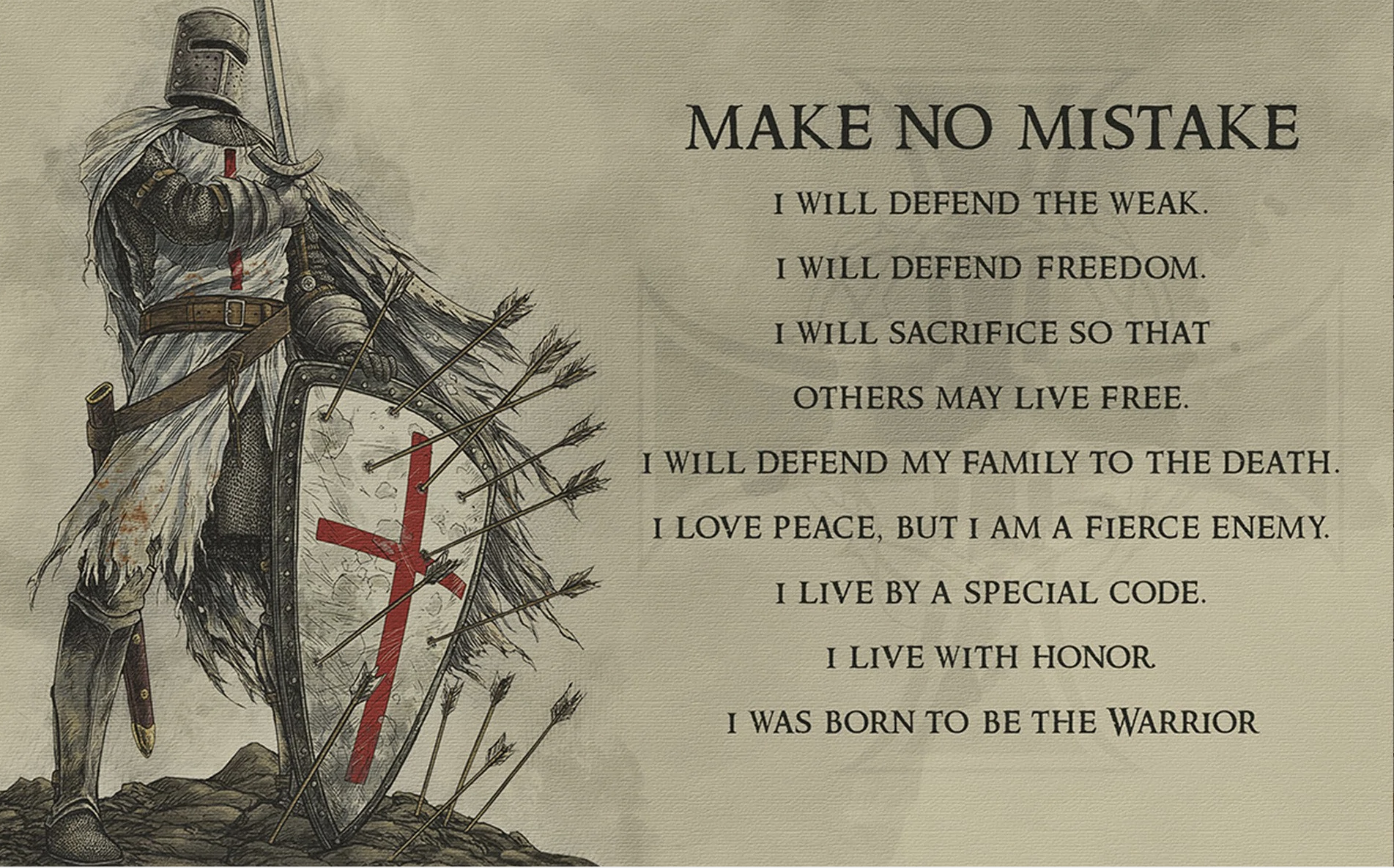
.
1924 KNIGHTS TEMPLAR Cross & Torch Sword Scabbard Drag Stamping Die * MC Lilley JN1206
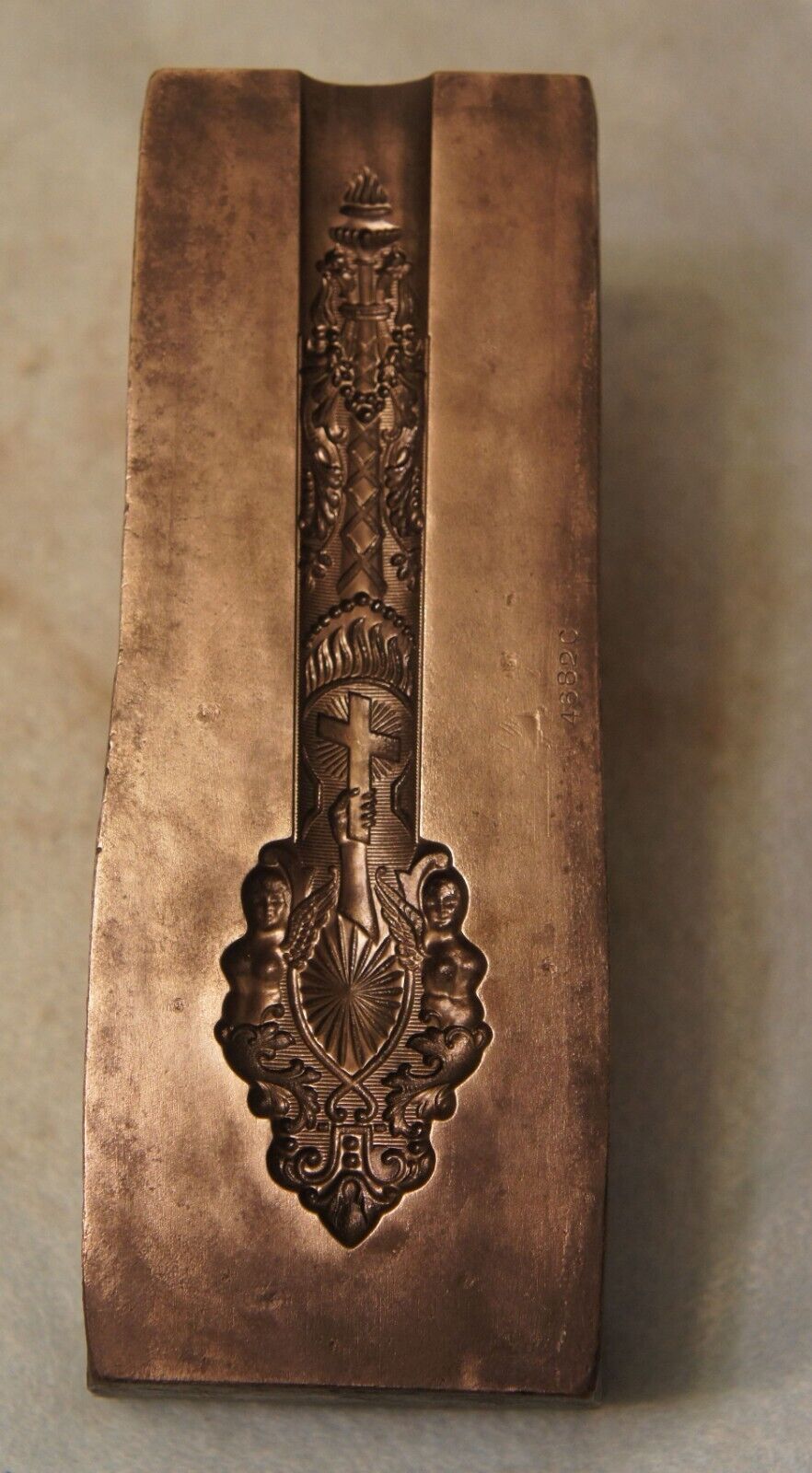
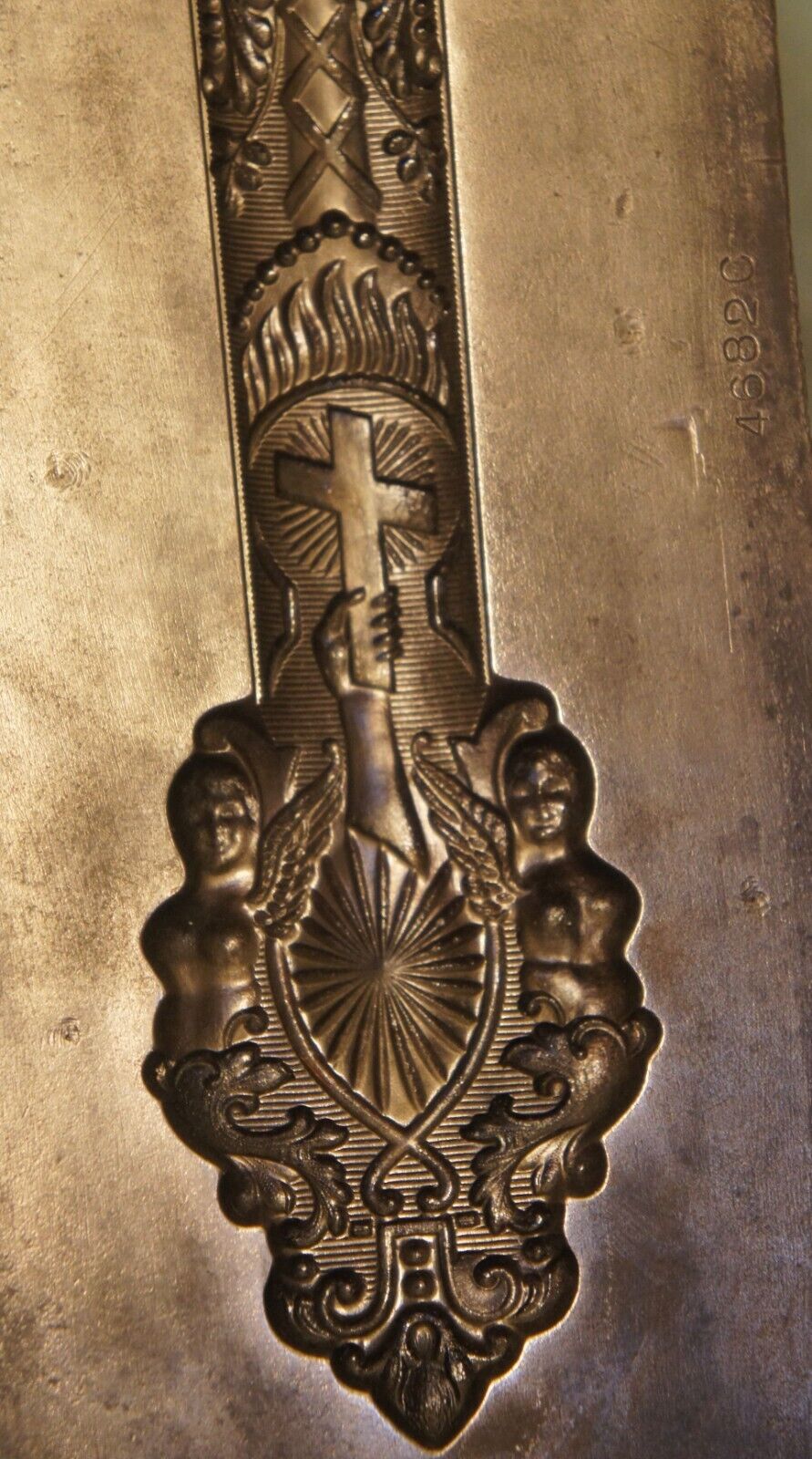

.
2.25” High FANCY CROSS w/ RAYS * MC Lilley 1490
.
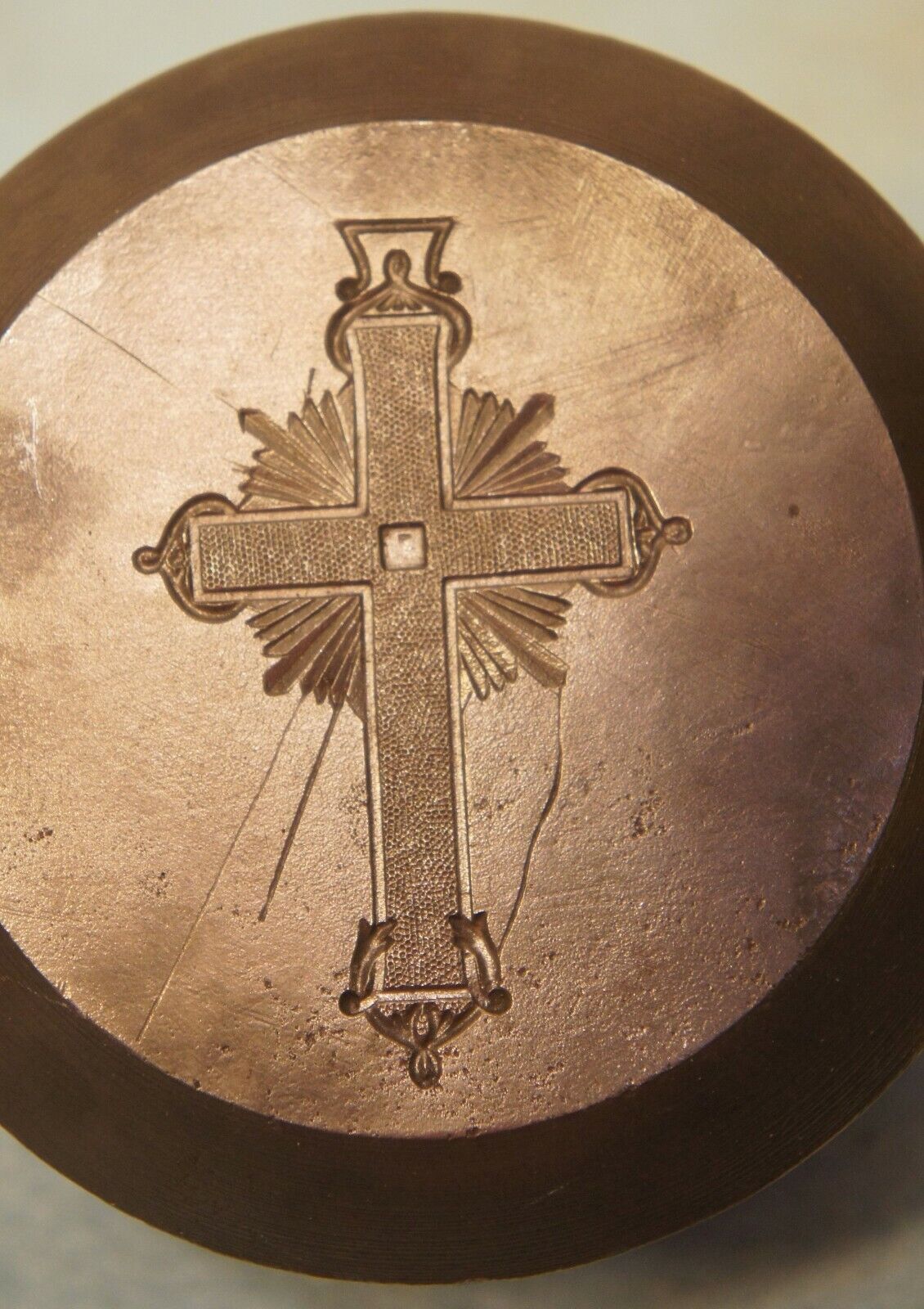
.
2.5” High CROSS w/ RAYS * MC Lilley 1489
.
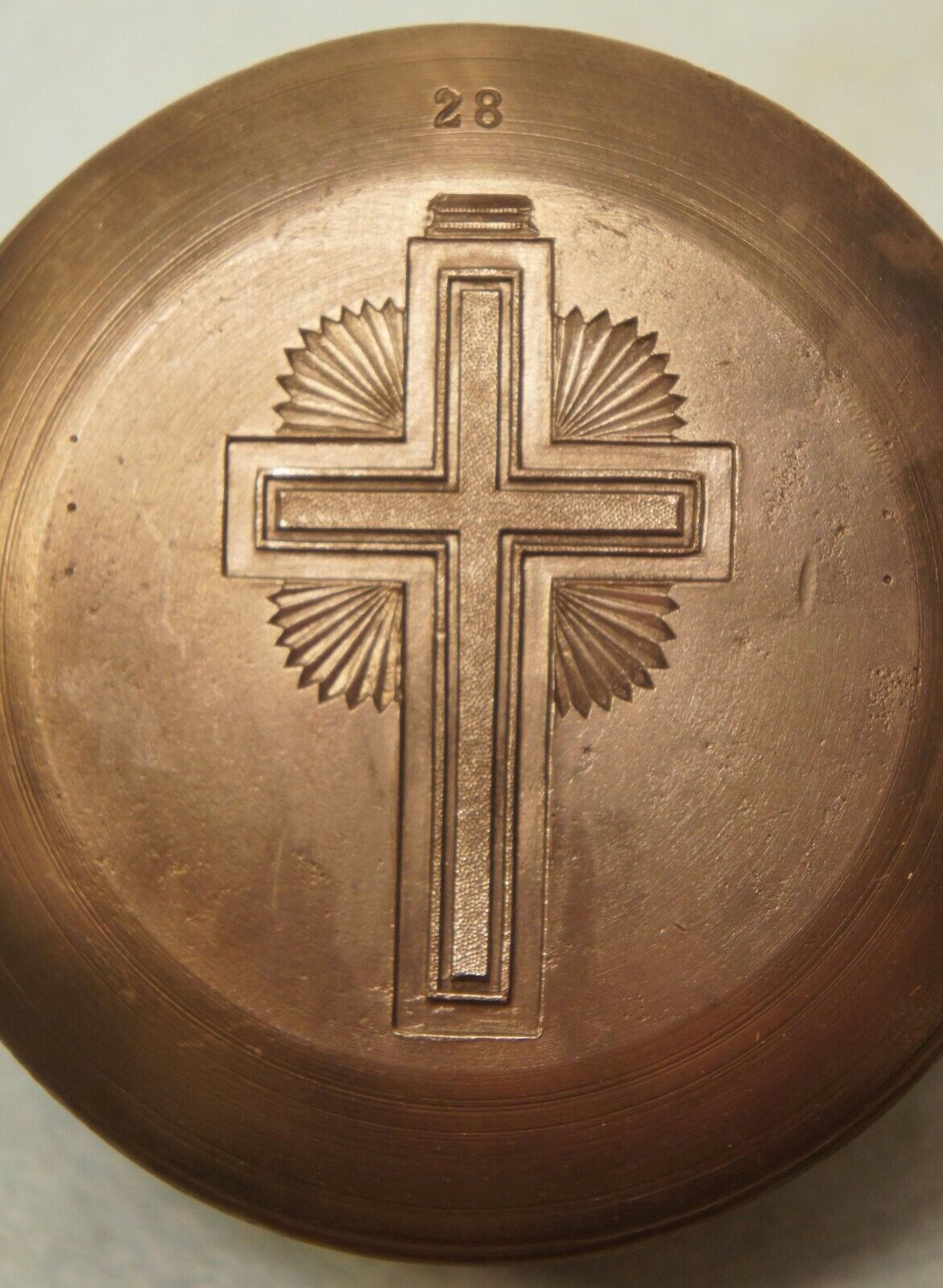
.
1870-1889 KNIGHTS TEMPLAR Cross & Crown JN1225
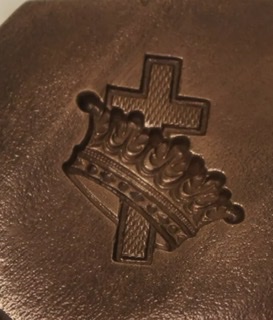
.
1890 Masonic KNIGHTS TEMPLAR Ribbon Badge Bar Pin JN840
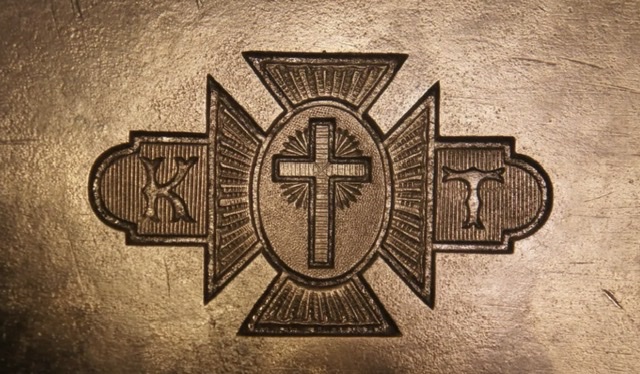
.
Antique MASONIC Sword Trowel Scabbard Hob Die MC Lilley J1216
.

.
Antique KNIGHTS TEMPLAR Armor Axes SCABBARD MOUNT Die Lilley 1208
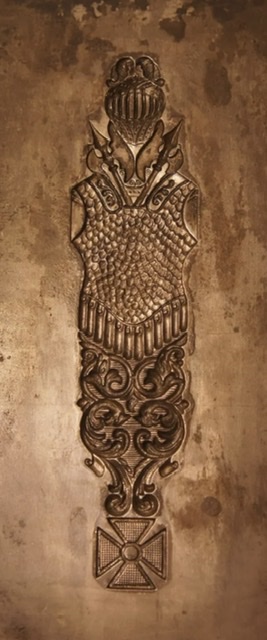
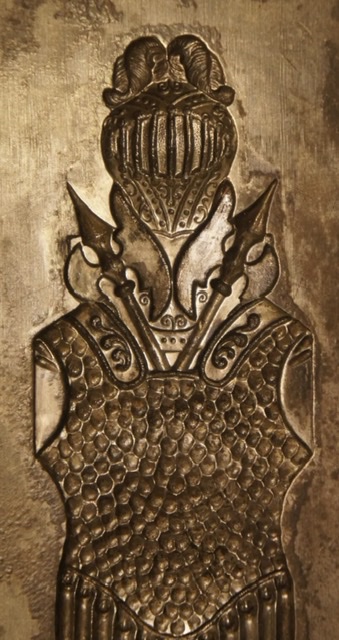
.
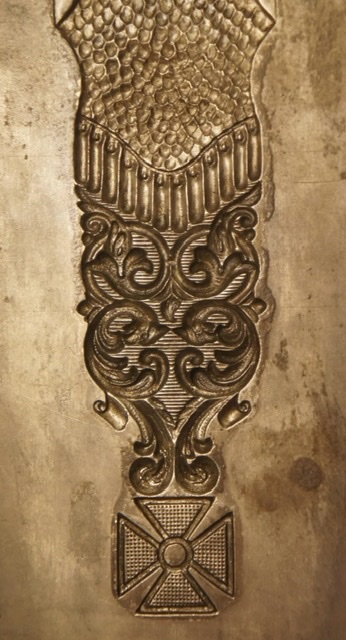
.
Antique KNIGHTS TEMPLAR Cross & Armor SCABBARD MOUNT Die MC Lilley 1210
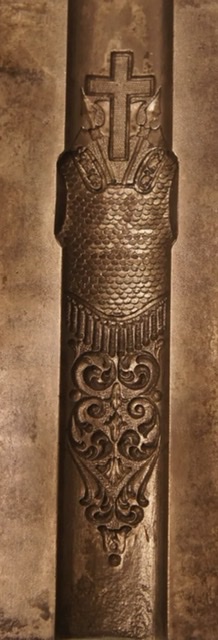
.
Antique KNIGHTS TEMPLAR SCABBARD MOUNT Die LILLEY J1209
.

.
1890 FRATERNAL SCABBARD MOUNT w/ CROWN Die * MC Lilley 1487
.
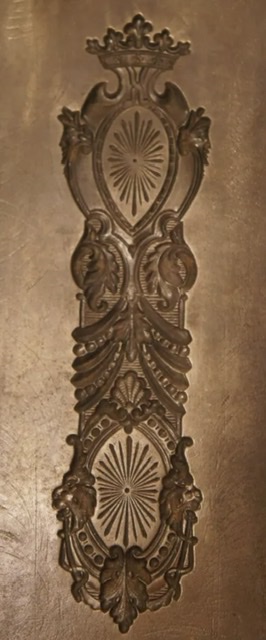
.
About the historic M.C. Lilley & Co.
From modest beginnings in 1864, the M. C. Lilley & Company eventually became world renowned as manufacturers of regalia. The company was founded by four leading citizens of Columbus, Ohio - all veterans of the Civil War. They were Mitchell Campbell Lilley, John Siebert and brothers, Charles and Henry Lindenberg. All four men were members of the Odd Fellows and published the “Odd Fellows Companion”, a publication of the fraternal organization. Through this newsletter they received many requests from people wanting to purchase regalia. They decided to produce the items themselves and thus a company was born. The Lilley Company produced swords, banners, flags, emblems and uniforms for fraternal societies and organizations such as the Masons, Odd Fellows, and the Knights of Pythias, as well as police and military uniforms.
Beginning in a small building at 253 South High Street, the Company eventually grew to occupy several large buildings at the corner of East Long and North 6th Streets. Items produced by the Company can be roughly dated by the changes in the Company’s name. From 1865 to 1881 the name was the “M. C. Lilley & Co.”. In 1882 after the death Of Mr. Lilley the name changed to “The M. C. Lilley & Co.” and remained such until 1925 when it was shortened to “The Lilley Co.”. The Company was merged with the Henderson-Ames Company of Kalamazoo, Michigan in 1931 and the name was changed to “The Lilley-Ames Company” until 1951 when it was sold to C. E. Ward. It operated under the name of “Lilley Ames Co.” until 1953. It went out of business in 1965.
M.C. Lilley & Company was another Columbus business that would benefit greatly as a manufacturer of ready-made uniforms after the war. By 1870, the company already occupied an entire four-story building on S. High Street, with a glass-fronted showroom and retail store on the first floor. This size of an operation positioned the company for tremendous growth and success in the coming "Golden Age of Fraternalism." During this period, from 1870-1910, over 20 percent of men in the United States belonged to a fraternal organization, which served various purposes such as mutual aid and insurance, political interests, social functions, and the comfort of stability and belonging in a dynamic post-war society that was rapidly industrializing. Clothing played a very important role in the ritual ceremonies for these societies, and M.C. Lilley & Co. capitalized on this influx of demand by manufacturing ritual costumes and attire. The most demanded and most comercially profitable form of military regalia, however, was the military-style uniform, which the company also produced for state militias, telegraph operators, and railway workers. In addition to the clothing for fraternal societies, the company also produced metal decorations and fasteners to embellish the garments, such as buttons, buckles, studs, and grommets, along with custom-designed suitcases to hold and store elaborate and odd-shaped artifacts, like feathered hats, shoulder epaulets, capes, and gauntlets.
This large-scale production of military regalia for fraternal organizations led to M.C. Lilley & Co. becoming one of the largest and most successful manufacturers in the world. In an 1882 story about Lilley's new building on Gay Street, the Evening Dispatch reported that more than two-thirds of the company's employees were engaged in producing clothing and regalia, inlcuding sewers, embroiderers, tailors, leatherworkers, and milliners. The 1887 Report of the State Inspector of Workshops and Factories listed The M.C. Lilley & Co. as the second largest employer in Columbus with 420 employees. Another report in J.A. Miller & Company's, A Glimpse at Columbus and her Industries, published in 1890, stated that the "M.C. Lilley & Co. regalia manufactory" was considered to be one of five "mammoth" manufacturing operations in Columbus and one of "the five largest manufacturing companies in the world...exporting its uniforms and equipment for military and other organizations around the world."
More information about M.C. Lilley, businesses in Columbus, and fraternal organizations and their uniforms can be found in Harriet Wain McBride's dissertation for her doctorate at Ohio State, Fraternal Regalia in America, 1865-1918: Dressing the Lodges; Clothing the Brotherhood.
The four founders:
We will also be adding some more great 1800 - 1900 era items in Jewelry designs that have not been available for close to 200 years and we were lucky enough to get some of those wonderful steel dies from long ago to bring the past to the future, in the original form of long ago...
Stay tuned...


